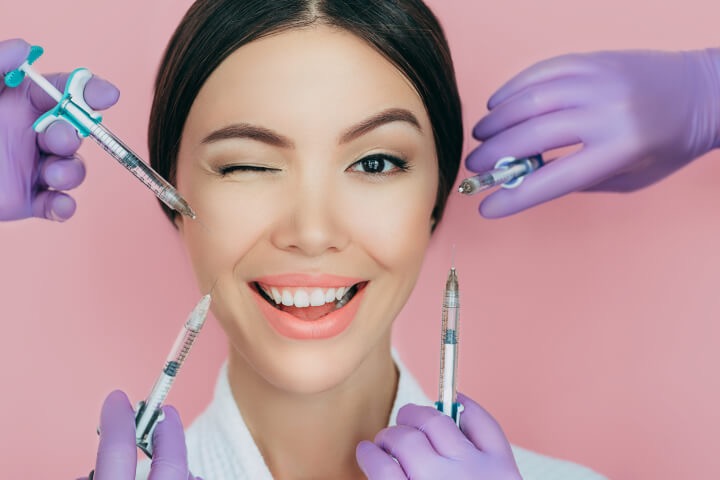Botox has gained popularity as a quick fix for reducing the appearance of wrinkles, but its long-term implications raise significant concerns. While this treatment effectively smooths out facial lines, it can inadvertently lead to a cascade of issues, particularly regarding facial communication and the natural aging process.

One of the key concerns about Botox is its impact on our facial muscles and expressions. When Botox is injected, it temporarily paralyzes the muscles, which can prevent us from making natural facial movements. This immobilization may hinder our ability to express emotions, which are critical for non-verbal communication. Research has shown that facial expressions play a vital role in human interactions, helping to convey empathy, joy, sadness, and a myriad of other emotions .
When our faces become less expressive due to Botox, it can lead to misunderstandings in social interactions and diminish the depth of our connections. A study published in the journal Social Psychological and Personality Science found that people with less expressive faces are often perceived as less trustworthy and less likable, highlighting how crucial facial mobility is for effective communication .


The potential for muscle atrophy raises a deeper issue: as our facial muscles weaken over time, not only does the risk of sagging skin increase, but the loss of movement also transforms the way we engage with the world. The nuances of our emotional exchanges can be lost, making relationships less vibrant and authentic.
Additionally, there is a growing dependency on Botox among users, creating a cycle where the desire to maintain a youthful appearance overrides the natural aging process . This dependency can further disconnect individuals from their true selves and the authentic emotions they wish to express.
In a culture that often prioritizes an idealized version of beauty, it’s crucial to reflect on the trade-offs of such treatments.

Deep Question to Ponder
As we increasingly rely on cosmetic interventions to shape our appearances, what happens to our ability to communicate and connect on a human level when our faces are less able to move and express?
